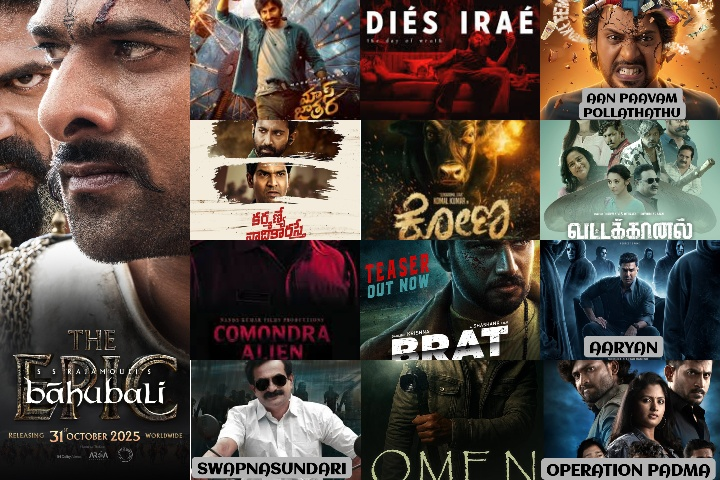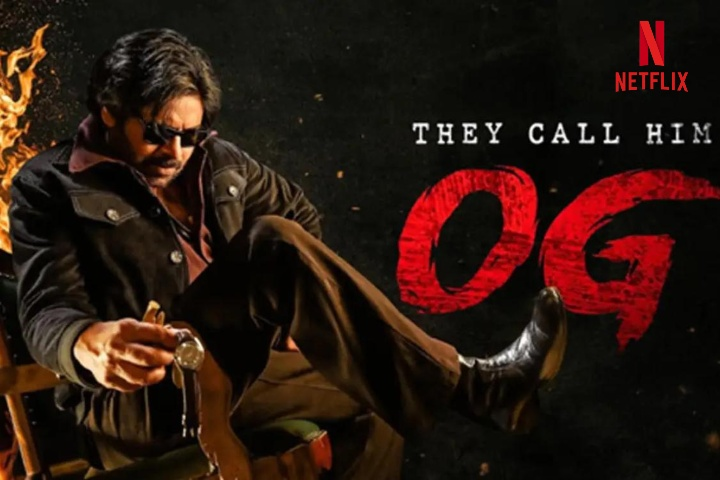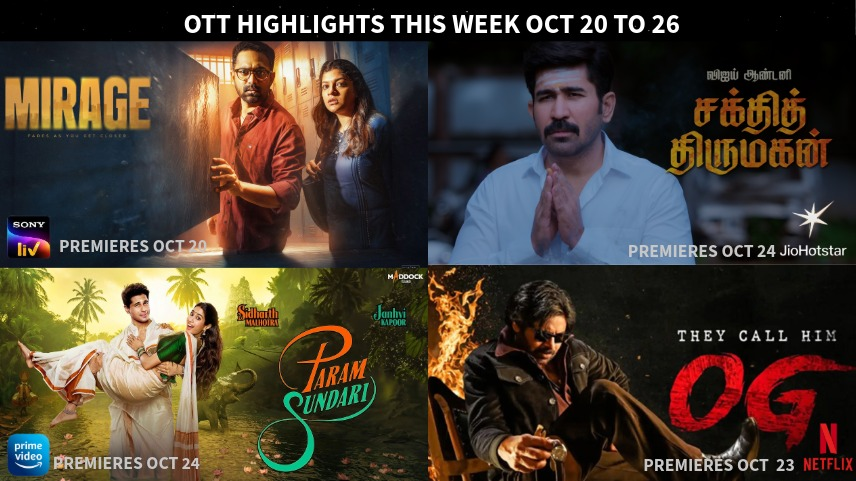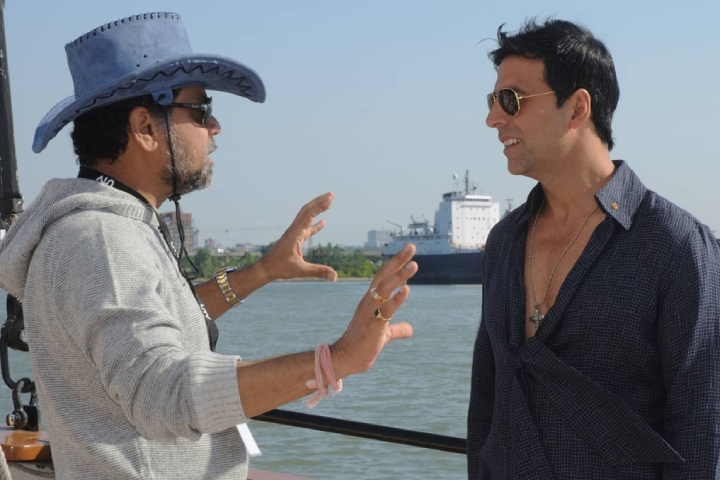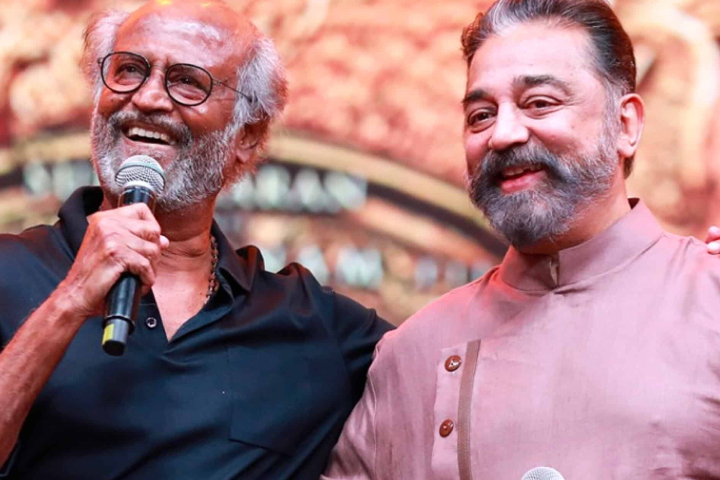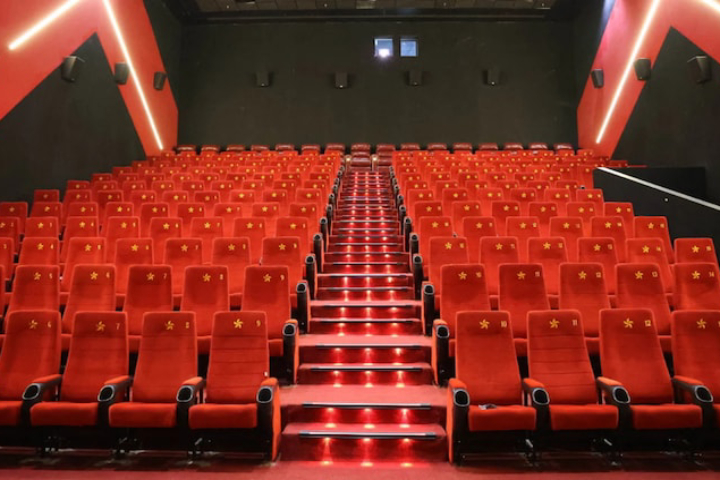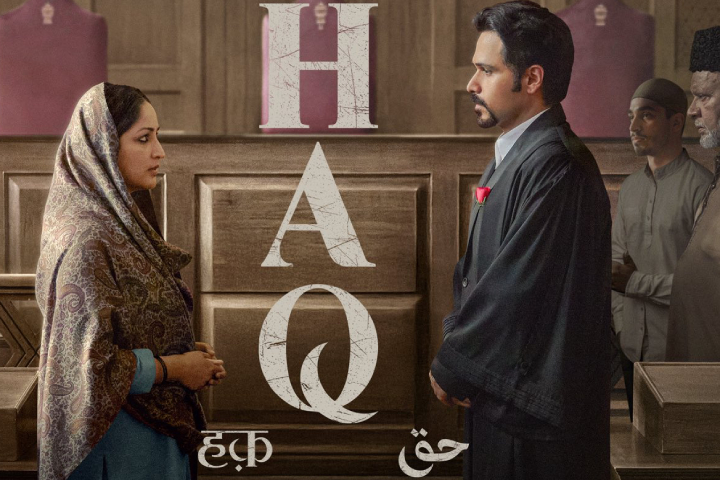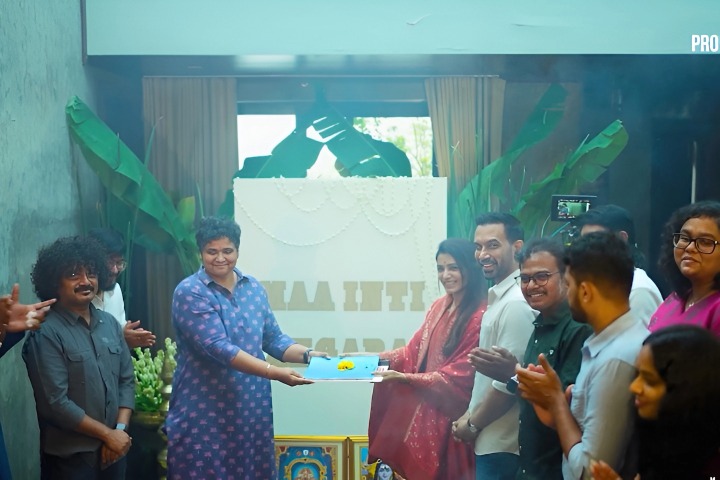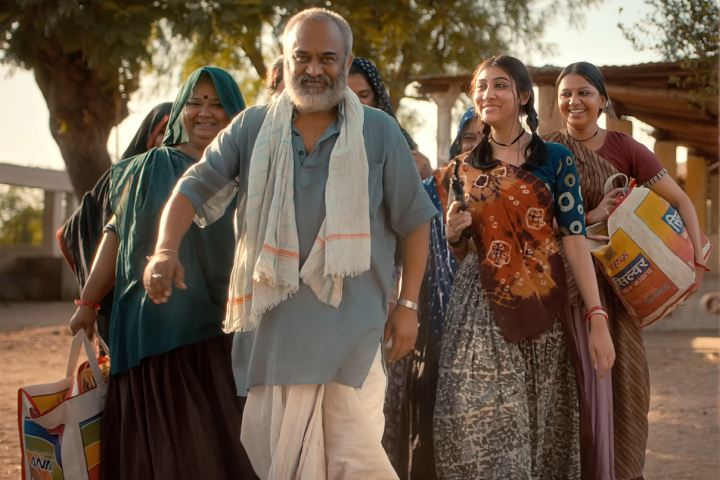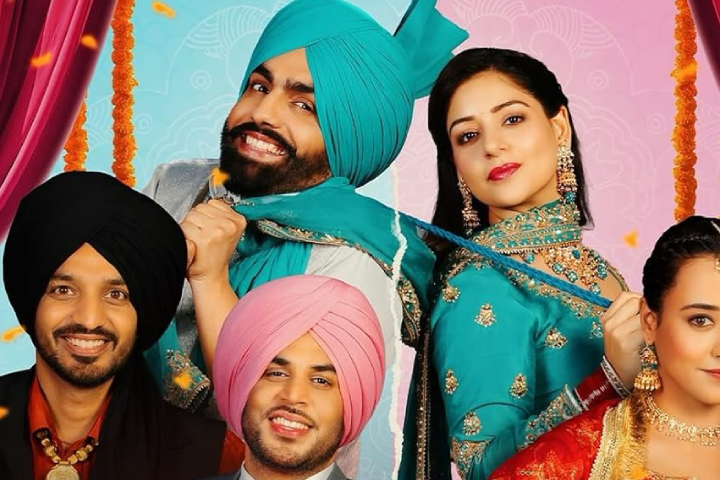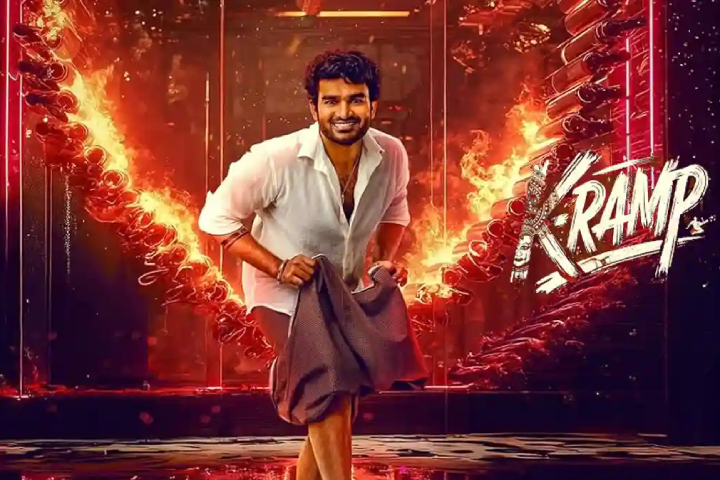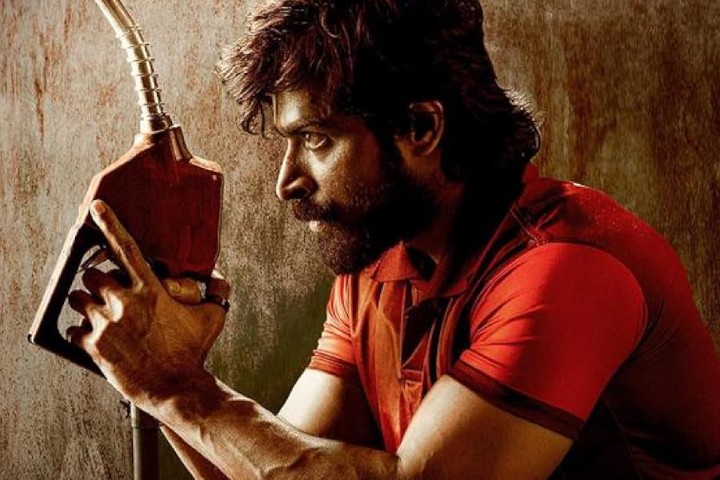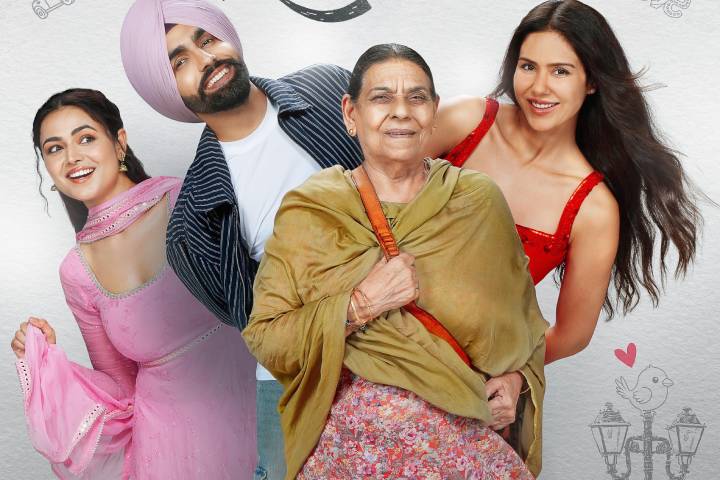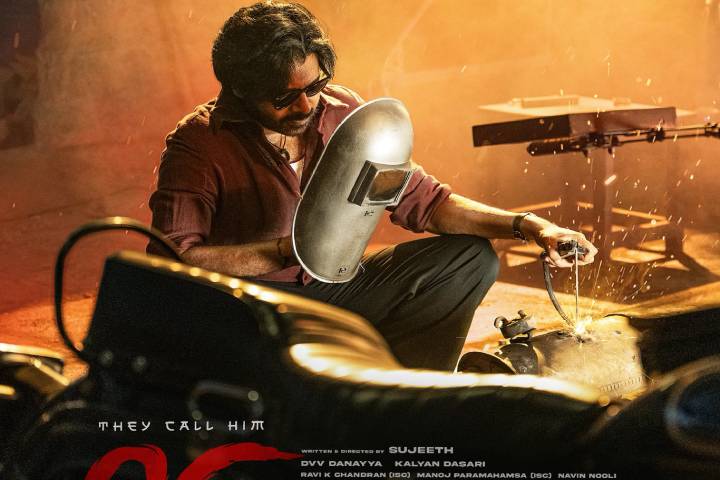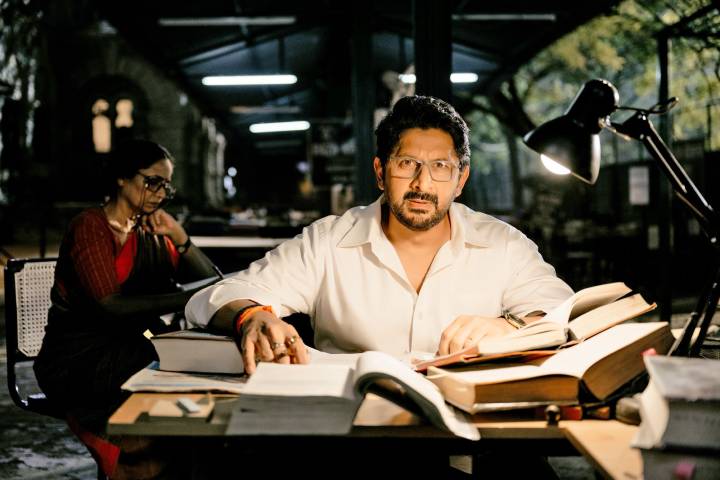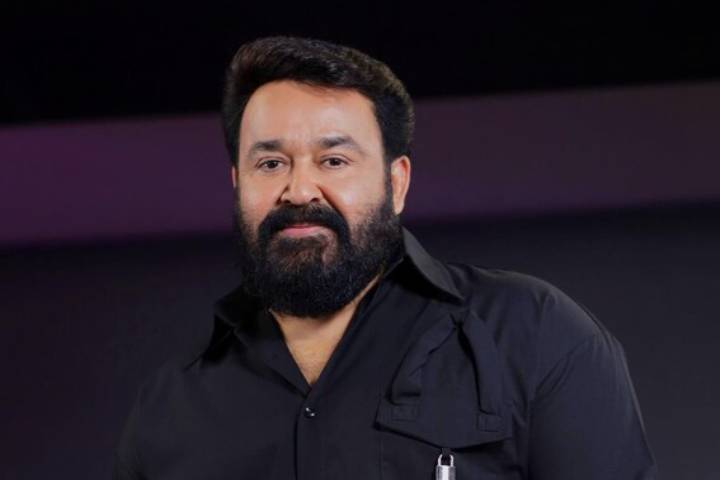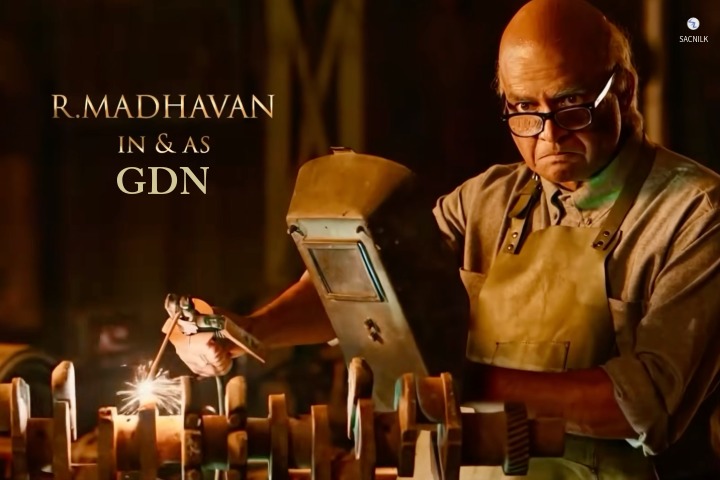Opinion: How An Eight-Week Theatrical Window Could Reshape South Indian Cinema's Future
Mumbai, October 28 - The South Indian film industry has been at the forefront of India's box office resurgence over the past few years after facing the setback from the Covid-19 pandemic. From crowd-pullers like KGF 2, RRR, and Pushpa 2 to record-breaking phenomena like Kantara Chapter 1, these films have consistently drawn large numbers of audiences back to theatres.
Yet, despite the success of tentpole blockbusters, the theatrical run of such films is being cut short far too soon due to premature OTT releases. This growing trend poses a serious threat to the sustainability of the theatrical ecosystem.
After the pandemic, the entertainment industry, especially theatrical exhibition, was among the worst-hit sectors. Theatres across the country were shut for months, and filmmakers were left with no choice but to take an alternative route to recover costs. This was when digital platforms emerged as a boon, offering an immediate solution for film releases.
However, this was never a long-term solution, given the limited financial returns from OTT platforms compared to theatrical revenue. Once the pandemic eased and normalcy returned, it became crucial for filmmakers to go back to basics and rebuild the theatrical business and help the sector recover from the pandemic blow.
Bollywood was the first to do so, reinstating the pre-COVID norms and maintaining an eight-week theatrical window before films headed to OTT. Unfortunately, the same cannot be said about South Indian cinema, where most films continue to follow a four-week window. This shortsighted approach has severely impacted theatres, particularly in Karnataka, where exhibitors are struggling to draw audiences back, especially for mid and small-budget films.
Viewers are now aware that a film will be available to stream online within a month, which discourages them from visiting theatres. While producers might still manage to recover their budgets and earn quick profits through early digital deals, this strategy is proving disastrous for exhibitors. Theatres are the proven backbone of the film industry's economy, and neglecting their long-term survival will ultimately harm everyone involved.
The time has come for theatres in the South to take a decisive step and insist on a longer theatrical window, just as Bollywood has done to some extent. A uniform minimum eight-week window can help sustain the box office momentum and restore the balance between filmmakers, exhibitors, and audiences.
South Indian cinema, just like any other film industry, has built its reputation on big-screen spectacles and community-driven experiences. To safeguard that magic and ensure the future of theatrical viewing, exhibitors and filmmakers must reunite for better planning. Protecting the theatrical window is not merely about the film business; it's about keeping alive the very essence of cinema that audiences love and celebrate.
Stay tuned...
 Box Office
Box Office
